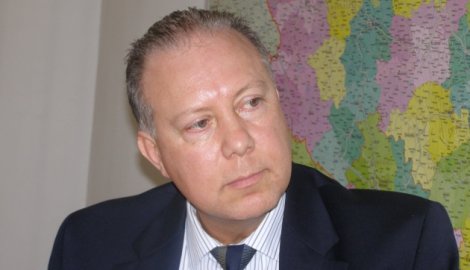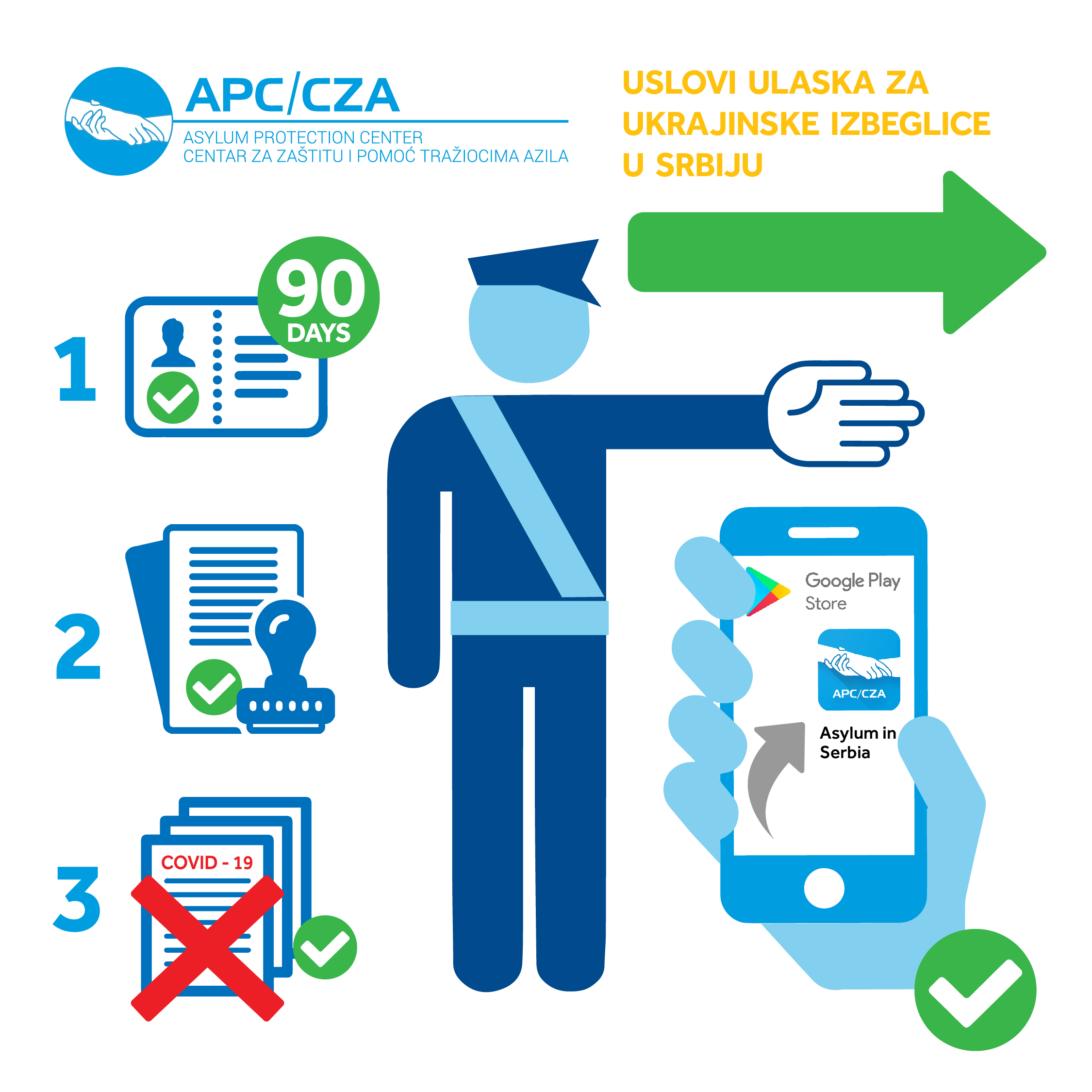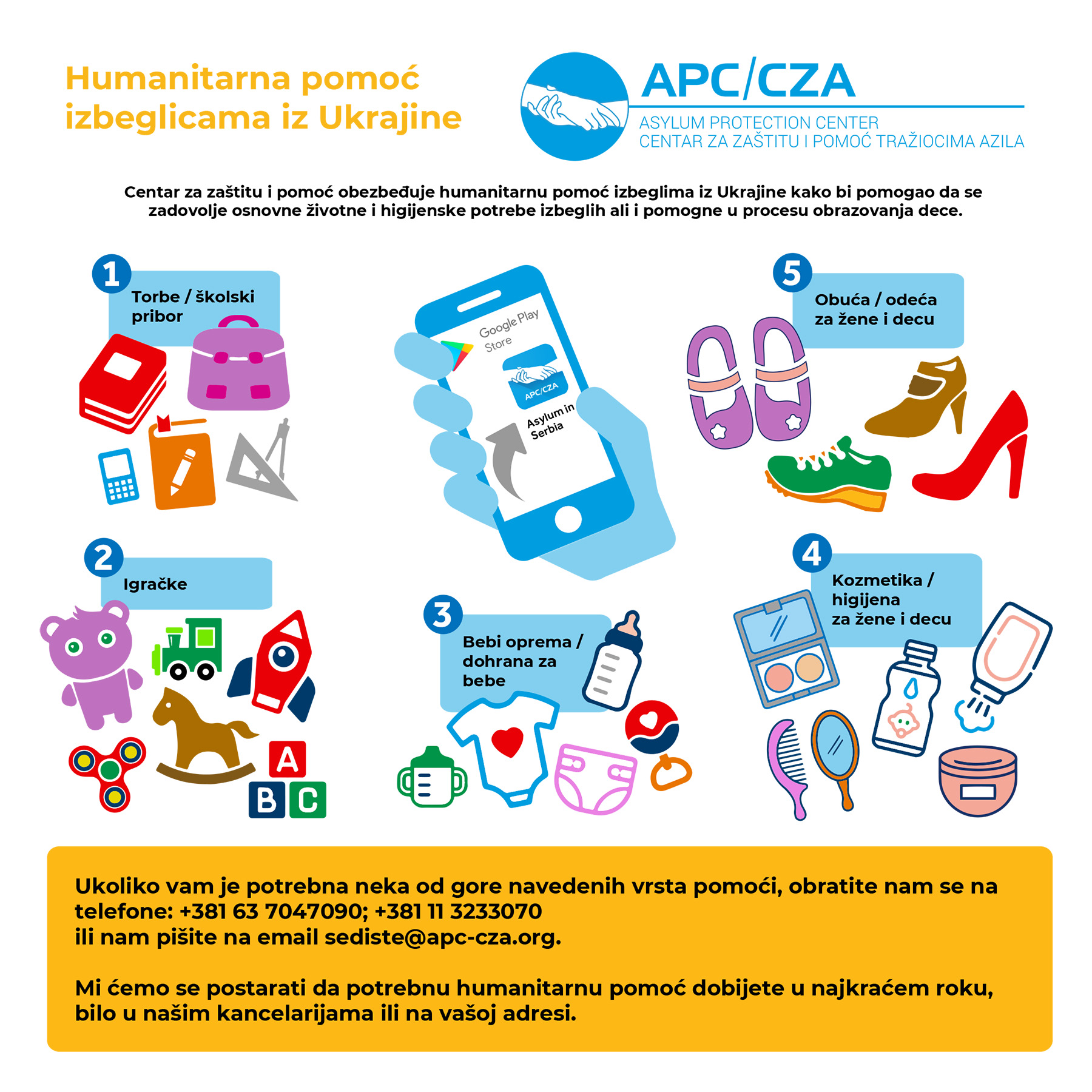Source: Novi magazin 19.06. 2013.
Although it’s been three years since the ministerial conference in Belgrade and the year after the donors have provided funds for the Regional Housing Program for refugees, not a single apartment still has not been built. UNHCR said that Serbia must establish an efficient, equitable and functional system for the processing of asylum seekers.
The world fails to get rid of a tragic phenomenon. Middle East, Southeast Asia, Africa… continue to be areas from which hundreds of thousands of people leave their homes and fleeing before wars and violence.

The head of the UNHCR office in Serbia – Eduardo Arboleda
On the International Refugee Day (June 20) we spoke with the head of the UNHCR Office in Serbia, Eduardo Arboleda. Asked about the image that migration today create, he says:
“The world and UNHCR are now facing one of the worst refugee crises in history. UNHCR estimates that there are between 42 and 45 million of forcibly displaced persons in the world and only two years ago their number was around 40 million. This increase is mainly due to the crisis in Syria. There are 15-16 million refugees in the world, the UNHCR provides assistance for around 12 million and significantly helps the large number of internally displaced persons whose number is more than 26 million. Meanwhile, there is around million asylum seekers and about 12 million stateless, people who do not have citizenship of any country or the appropriate documentation to have any benefit from citizenship.
The main problem of the UNHCR in this moment is that the humanitarian and refugee crisis in the world emerge more quickly than our resources allow us to help. In the last year and a half, the crisis erupted in Mali, South Sudan, Democratic Republic of the Congo and the latest one in Syria, that is the crises such as we never had. A few days ago we announced the information that 1.5 million of people fled from Syria and it is expected that they will be more than 3 million by the end of this year.
UNHCR has received over two billion dollars from the donations during the last year, that is the highest amount ever allocated for the aid to refugees. This year, we will try to collect more, but it still will not be enough to help all those in need of our help.
The crisis in the former Yugoslavia has marked the ’90s of the 20th century. Given that the new refugee crisis emerge daily in the world, with the limited budgets of many countries and the donor fatigue, the former Yugoslavia, in a way, became the forgotten crisis. With that in mind, many donors openly say that the chapter of the refugees in the former Yugoslavia should be closed a long time ago and that the states had to take full responsibility”.
As you mentioned the former Yugoslavia, in the last 12 years there is a tendency of growing of the economic cooperation and there are political processes of “warming” among the countries whose wars contributed to a large number of refugees during the 90s. What is happening with them today?
Today, more than 15 years later the outbreak of the crisis, the donors are more and more insisting that the UNHCR withdraw from the humanitarian operations. Improved political relations and economic cooperation have helped the return of a limited number of refugees who wanted to return to Bosnia and Herzegovina and Croatia. I think that those who remained in Serbia decided to integrate. In last 20 years, UNHCR has invested more than half a billion dollars for protection and durable solutions for refugees in Serbia and on the Balkans. The number of refugees is much smaller now and the UNHCR and the Government of Serbia continue to work together on finding the durable solutions for the refugees in Serbia.
You speak about the money for the support and integration in Serbia, but not for the return to Croatia and Bosnia-Herzegovina?
I speak about the total amount of the money that the UNHCR has spent on all programs for refugees. In the first couple of years we have invested in emergency humanitarian aid and then in 2002/03, we also started making of the durable solutions, out of which the most important probably is the integration of the refugees in Serbia.
In the beginning we did not have any problems with the inflow of money. We were given as we were looking for and for that we can thank the geopolitical position of Serbia and the region. Money was mainly coming from the European countries that did not want that the problem spill over into their “backyard”.
Today the situation is quite different. With numerous refugee crises that are emerging every day in various parts of the world, with the peace process which has gained momentum on the Balkans, with fatigue of the donors and their loss of interest for this region – we are more often being asked when will end the refugees crisis in Serbia. The result of these questions and efforts to end the refugees chapter is the Regional Housing Program (RHP) for refugees from the period of 1991-1995.
What is the RHP?
The Regional Housing Program is a humanitarian effort of the governments in the region – Serbia, Croatia, Bosnia-Herzegovina and Montenegro, emboldened by the UNHCR, to give one more time the last financial injection to the durable solutions for the remaining refugees in the region. Originally, this project was conceived as a closure of the refugee story between Serbia and Croatia, but on the initiative of Serbia they have joined Bosnia and Montenegro.
In Mart 2010, there was held a Conference of Ministers of Foreign Affairs of these countries, who presented the program for durable solutions for the remaining refugees in the region. The idea was to send all the financial aid directly to the states in the region, that the UNHCR slowly withdraw from the operations and assume the role of supervision of this process and that the governments continue to provide durable solutions for the remaining refugees.
After that conference, the states began to work on a practical solutions. It was made an assessment of the budget required for the implementation of the program. That number was amounted to more than 500 million euros and it was directed on 74,000 people in the region who required help. According to plan, 45,000 of the most vulnerable refugees should get help by the implantation of the RHP in Serbia. At a conference in Sarajevo in 2012, donors pledged to provide 284 million euros and the biggest donor among them was the EU.
And where is the program now?
Now we are trying to implement it. It’s very simple, the projects are adapted to the needs of refugees in each country. Our long experience is the reason for our role of supervisors of this process. Those housing solutions in Serbia are related to the provision of flats according to the concept of social housing in protected environment, buying village houses for refugees, which affects on gaining of independence, the allocation of the building materials for the houses which began to be built on the land that has already been purchased and setting up of the prefabricated houses. It’s a simple, realistic and feasible idea.
But, there were small complications.
What kind of complications?
UNHCR is an organization that works directly with the governments. The idea of this housing program is to be implemented in four countries (Serbia, Croatia, Montenegro and Bosnia and Herzegovina) and that the UNHCR supervises the process. As I said, the biggest problem of this project is bureaucracy. Money of the donations will be channeled to the countries through the Development Bank of the Council of Europe. The governments of 4 states must respect a number of rules and conditions imposed to them by this bank before it can “drop” them money. There were countless meetings about eligibility, but so far not a single house was built. UNHCR believes that the process could be faster and more efficient because of its purpose of helping the refugees.
Can the UNHCR speed up the process?
We were assigned the role of supervisor, not the mediator. We observe the situation on the field, whether all goes according to the plan and report about it. Although the development of the plans is in progress, specific solutions in the form of buildings still cannot be seen on the field. We are in constant contact with the U.S., EU and other donors in order to try to speed up the project. The concept is good, but sometimes it seems that many officials forget who are the ultimate beneficiaries of this project and that we are all here for the refugees. And yet … they still do not see the benefit.
Who obstruct the project, whom to blame?
In my humble opinion, the the biggest stumbling block is the bureaucracy. Putting the guilt on a someone particular would be counter-productive, but I think that all of us who are the actors in this process we must take responsibility for the fact that things do not go faster.
We have successfully implemented similar projects with the Government of Serbia for over ten years. Projects can be implemented quickly and efficiently, with good process and supervision of all phases. But, as the UNHCR is slowly withdrawn, we are no longer responsible for the operational side. The Development Bank of the Council of Europe in Paris should send the funds directly to the states in the region. Unfortunately, they do not know the process and durable housing solutions for refugees. Therefore it is necessary better and clearer communication between the Bank and the governments of the four countries, so that the progress of the process could be achieved quicker. Confusion should be replaced by clarity. From the UNHCR’s perspective, we want to see concrete solutions for refugees on the field, not only in the bureaucracy.
The good news is that we have reached the stage when it was made the first step of the project, the approval of 10 million euros for all four countries. Of this money, Serbia has got 2.2 million euros.
Plans are made, there are still some bureaucratic issues that need to be solved, but we hope to get the funds to implement concrete solutions for refugees in the next few months.
There is another good news. Serbia was granted 12.5 million euros for the second step of the project. Preparations of the detailed plans are in progress. I hope that the implementation of the first step of the project will start soon, but perhaps not before the end of this or the beginning of the next year. We hope that the implementation of the second step will go faster.
In presenting of the global picture you mentioned a large number of internally displaced persons. How many of them are in Serbia?
That number depends on whom you ask. The Commissariat for Refugees and Migration says that 210,000 displaced persons live in Serbia. According to the joint project of the UNHCR and the Government – “Research of the needs IRL” from 2010, 97,000 people were in the state of need, primarily residential. During the past 4-5 years, UNHCR has worked with the Government on finding durable solutions for the IRL that are similar to the projects of the Regional Housing Program. We estimate that since than between 7,000 and 8,000 internally displaced persons have got a permanent solutions, so that our assumption is that there are about 90,000 people who remained in the state of need.
It seems that people in Serbia don’t look on the asylum seekers with approval and understanding, as they are not welcome here?
It’s not only the case in Serbia, but in the entire region. In the mixed migrations one part escape looking for a better life and the other are those who need the international protection. These mixed migrations are coming in Serbia from Syria, Afghanistan, Mali, Somalia…
It has become a problem, especially because of the large increase in the number of assylum seekers. For example, in 2008, there were 77 asylum seekers in Serbia and for the first five months of this year, 1,591 person asked for the asylum and it is estimated that this number will increase to more than 4,000 by the end of the year. This increase is without precedent, but this trend is likely to continue. In this moment it is necessary to process all these requests in order to see who is in need of the international protection. Serbia as a signatory of the UN Convention on the Status of Refugees from 1951, has that obligation. 1,591 people, who usually come from Syria and Afghanistan, applied for asylum in Serbia so far this year. During 2013, only 12 people were interviewed and the authorities have brought 12 negative decisions. The conclusion of the UNHCR is that the system of processing of the asylum seekers is not functioning in Serbia – but it should function because it is part of the international obligations of the state.
The Commissariat for Refugees and Migration provides the accommodation for asylum seekers, which is the humanitarian aspect. The Ministry of Interior is responsible for the processing of asylum seekers. In most countries, the relevant institutions are working together on this issue, but in Serbia, to our knowledge, there is no systematic communication between the Commissariat and the Ministry of Interior.
It was created a false impression that the UNHCR criticize the accommodation of asylum seekers. This is not true, because it is humane gesture of the state. What we criticize is that providing of the accommodation is not enough without processing or accountability of asylum seekers for their demands and that such a situation encourages more migrants to pass through Serbia on their road to the European countries. They get free meals and a bed without having to go through the process of determining of the status. This undermines the institution of the asylum, because as the processing of the asylum seekers does not work, many of them are encouraged to abuse the process. UNHCR is just doing its job, which is to supervise the process and the responsibilities that are clearly defined in the Article 35 of the Refugee Convention.
 AzilSrbija AzilSrbija
AzilSrbija AzilSrbija





